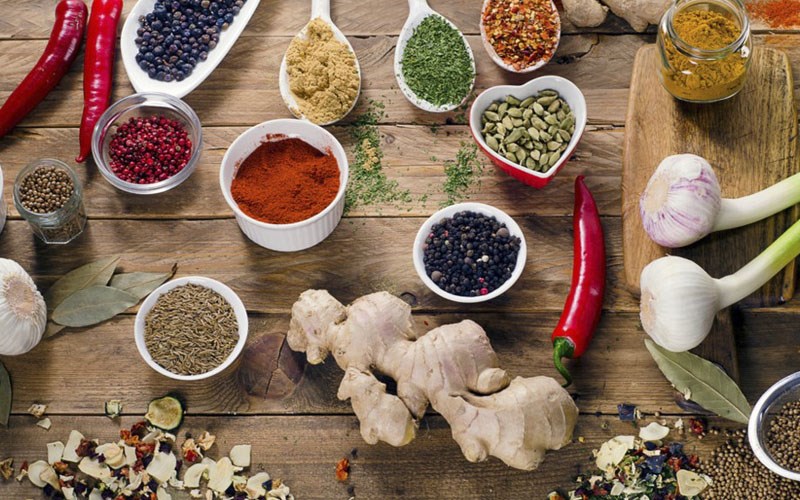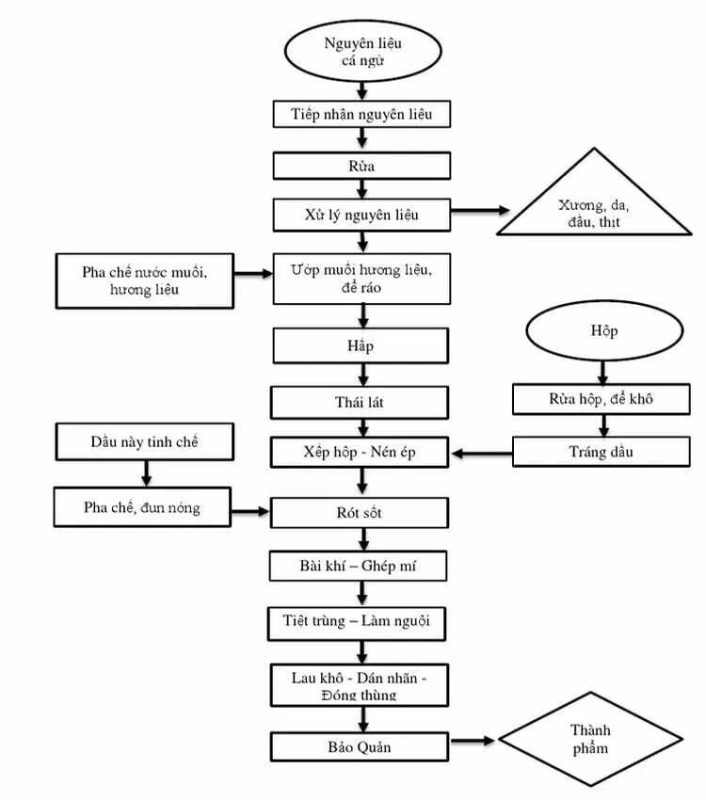No products in the cart.
[Nukazuke (rau Củ Muối) Kiểu Nhật: Bí Quyết Nấu Ngon Tại Nhà] Nukazuke, món rau củ muối kiểu Nhật Bản, là một món ăn truyền thống mang hương vị độc đáo và giàu dinh dưỡng. Với sự kết hợp tinh tế giữa vị mặn, chua và thơm, nukazuke không chỉ kích thích vị giác mà […]




